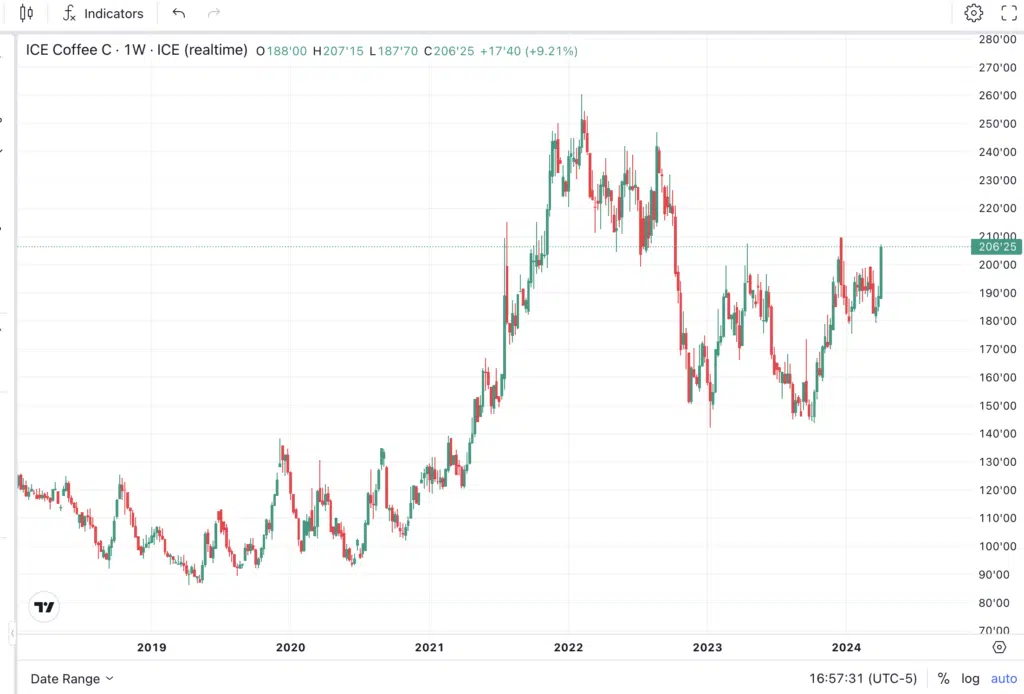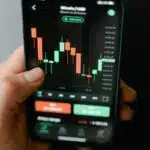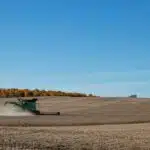Coffee futures are financial contracts that obligate the buyer to purchase a specific quantity of coffee at a predetermined price on a future delivery date. These futures contracts are traded on commodities exchanges and serve as a way for participants in the coffee industry to manage price risk.
Margin on coffee futures and contract specifications:
In order to participate in coffee futures there is an initial margin requirement of $6,600.00 per contract. This number can change based on the total value of the contract and volatility. A contract represents 37,500 pounds of coffee, or about 250 bags. Paradigm futures primarily trades the coffee futures on the Intercontinental Exchange U.S. There is plenty of liquidity to get in and out of positions effectively. A tick size is .05 cent per pound ($18.75 per contract). Todays move was a big one at 7.95 dollars. Per contract that is a $2,981.25 move or roughly 45% of initial margin requirement.
Below are some fundamental factors can influence coffee futures prices:
- Supply and Demand: The most significant factor affecting coffee futures is the balance between supply and demand. Factors such as weather conditions, disease outbreaks (like coffee rust), and geopolitical events in major coffee-producing regions (such as Brazil, Vietnam, Colombia, and others) can impact supply levels. Meanwhile, changes in consumer preferences, economic conditions, and population growth can affect demand.
- Weather Conditions: Coffee cultivation is highly sensitive to weather conditions. Frost, drought, excessive rainfall, or other adverse weather events can damage coffee crops, leading to reduced supply and potentially higher futures prices.
- Currency Fluctuations: Coffee futures are denominated in U.S. dollars, so changes in currency exchange rates can affect the prices of coffee futures. For example, if the U.S. dollar strengthens against major coffee-producing countries’ currencies, it could decrease the purchasing power of producers, leading to reduced supply and higher prices.
- Economic Factors: Economic conditions, including GDP growth, inflation rates, and interest rates, can influence coffee consumption patterns. During periods of economic growth, consumers may have more disposable income to spend on coffee, increasing demand and potentially boosting futures prices. Conversely, during economic downturns, demand for coffee may decrease, putting downward pressure on prices.
- Speculative Trading: Speculators, including hedge funds and other institutional investors, also play a significant role in determining coffee futures prices. Their buying and selling activities, based on factors such as technical analysis, market sentiment, and macroeconomic trends, can lead to short-term fluctuations in prices.
- Government Policies: Government policies, such as trade tariffs, subsidies, and regulations, can impact coffee production, distribution, and trade. Changes in these policies can affect the cost structure for coffee producers and traders, influencing futures prices.
- Storage and Transportation Costs: Costs associated with storing and transporting coffee can also affect futures prices. Factors such as changes in fuel prices, warehousing capacity, and transportation infrastructure can impact these costs and, consequently, futures prices.
Overall, coffee futures prices are influenced by a complex interplay of supply and demand dynamics, weather conditions, economic factors, geopolitical events, and market speculation. Traders and investors in coffee futures markets closely monitor these factors to make informed decisions about buying, selling, or holding futures contracts.
Coffee Futures Break Above 2023 Highs
Today Coffee futures broke above the highs that were made in 2023. Coffee futures are rallying on strong economic data and the forward looking view that the Federal Reserve is done rasing interest rates and might even cut rates this summer.
We are also seeing a weather related risk in Brazil as the monsoon season rains are at risk of shutting off earlier than normal. The area of concern involves the coffee producing regions in Brazil. According to the USDA Brazil is the world’s largest coffee producer. Claiming the top spot producing over 66 million bags. Second highest is Colombia at 11.5 million bags.

Stepping back further you can see that we are still well off our highs that were set in 2022.

Still interested in trading Softs Futures? Reach out to one of our experienced, series 3 licensed commodity brokers at Paradigm Futures.
This material has been prepared by a sales or trading employee or agent of Paradigm Futures, and is, or is in the nature of, a solicitation. This material is not a research report prepared by Paradigm Futures. By accepting this communication, you agree that you are an experienced user of the futures markets, capable of making independent trading decisions, and agree that you are not, and will not, rely solely on this communication in making trading decisions.
DISTRIBUTION IN SOME JURISDICTIONS MAY BE PROHIBITED OR RESTRICTED BY LAW. PERSONS IN POSSESSION OF THIS COMMUNICATION INDIRECTLY SHOULD INFORM THEMSELVES ABOUT AND OBSERVE ANY SUCH PROHIBITION OR RESTRICTIONS. TO THE EXTENT THAT YOU HAVE RECEIVED THIS COMMUNICATION INDIRECTLY AND SOLICITATIONS ARE PROHIBITED IN YOUR JURISDICTION WITHOUT REGISTRATION, THE MARKET COMMENTARY IN THIS COMMUNICATION SHOULD NOT BE CONSIDERED A SOLICITATION.The risk of loss in trading futures and/or options is substantial and each investor and/or trader must consider whether this is a suitable investment. Past performance, whether actual or indicated by simulated historical tests of strategies, is not indicative of future results. Trading advice is based on information taken from trades and statistical services and other sources that (Insert IB Name) believes are reliable. We do not guarantee that such information is accurate or complete and it should not be relied upon as such. Trading advice reflects our good faith judgment at a specific time and is subject to change without notice. There is no guarantee that the advice we give will result in profitable trades.









